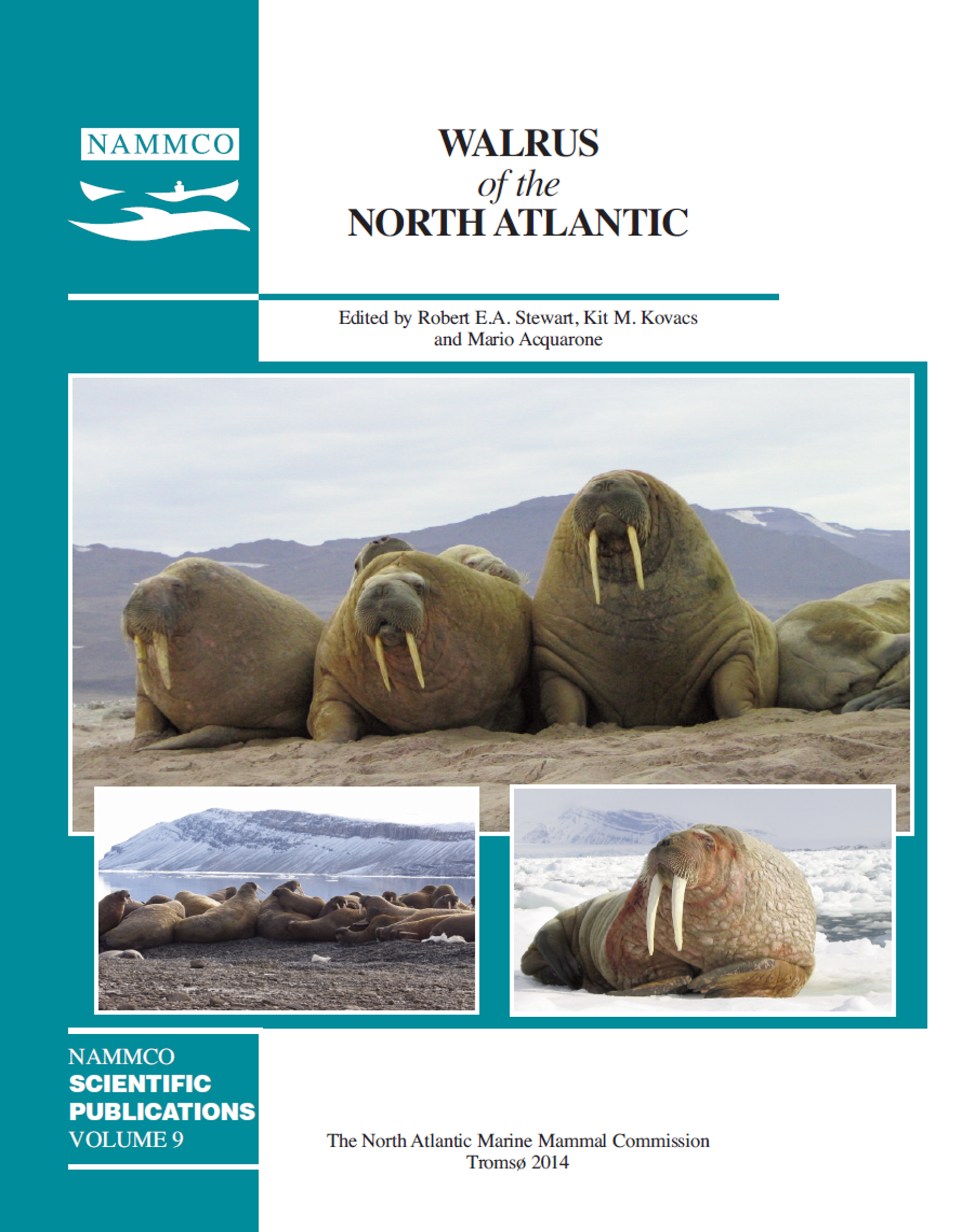Evaluation of etorphine reversed by diprenorphine for the immobilisation of free-ranging Atlantic walrus (Odobenus rosmarus rosmarus L.)
DOI:
https://doi.org/10.7557/3.2944Keywords:
anaesthesia, immobilisation, immobilization, Atlantic walrus, Odobenus rosmarus rosmarus, etorphine, diprenorphineAbstract
To date no problem-free method exists for the immobilisation of free‑ranging walruses (Odobenus rosmarus). In the period 1989-2001, 69 immobilisations with etorphine HCl were performed by remote darting of 41 individual free-ranging adult Atlantic walruses (O. r. rosmarus), with body masses 633 ‑ 1883 kg, as a rerequisite for the attachment of radio tracking and dive recording instruments, and for studies of metabolism. Ten individuals were immobilised several times. We present data on these 69 immobilisations and evaluate the method. Full immobilisation was achieved in 58 cases (84 %). The animals were insufficiently restrained in 6 cases (9 %) and 5 animals died (7 %) following the immobilisation. The animals were fully immobilised and approachable after 5 min (n = 38, range = 1.9 ‑ 12.4 min, SD = 2.2) with a dose of etorphine of 6.1 μg/kg (range 2.4 ‑ 12.6 μg /kg, SD = 2.4). Induction time was negatively correlated with the dosage of etorphine. Etorphine-induced apnoea lasted 13.7 min (n = 36, range 17.0 ‑ 26.7 min, SD = 5.1) and was reversed by multiple doses of the antagonist diprenorphine HCl. The first dose of antagonist of 12.2 mg (n = 39, range 6.0 ‑ 21.0 mg, SD = 3.5) was administered 8.4 min (n = 38, range 4.7 ‑ 18.0 min, SD = 2.8) after injection of the agonist. The total dose of diprenorphine per animal ranged between 7.7 and 41.7 μg/kg (n = 31, mean = 17.2 μg/kg, SD = 7.5). For some animals blood pH values were measured following the apnoea and reached low levels (min pH 6.8). For animals that were immobilised several times there were no indications of changed sensitivity to etorphine as reflected in unchanged induction times. Mortalities could neither be related to the doses of agonist and antagonist, nor to the times of administration of the drugs. From this (n = 69) and other (n = 103) studies involving etorphine immobilisation of walruses (both Atlantic and Pacific) the overall success rate is 83 % (8 % casualty rate). We conclude that the combination etorphine‑ diprenorphine is suitable for both single and multiple immobilisations of walruses provided that (a) a casualty rate of 7-8% is acceptable (b) the antagonist diprenorphine is administered fast and well into a tissue with good blood irrigation, and (c) the animal is promptly intubated endotracheally to facilitate the restoration of breathing after drug-induced apnoea.





